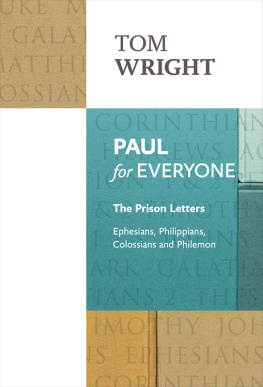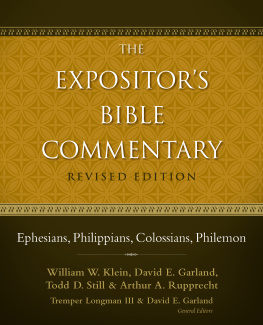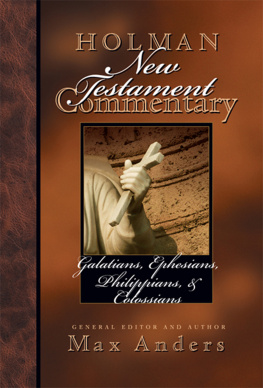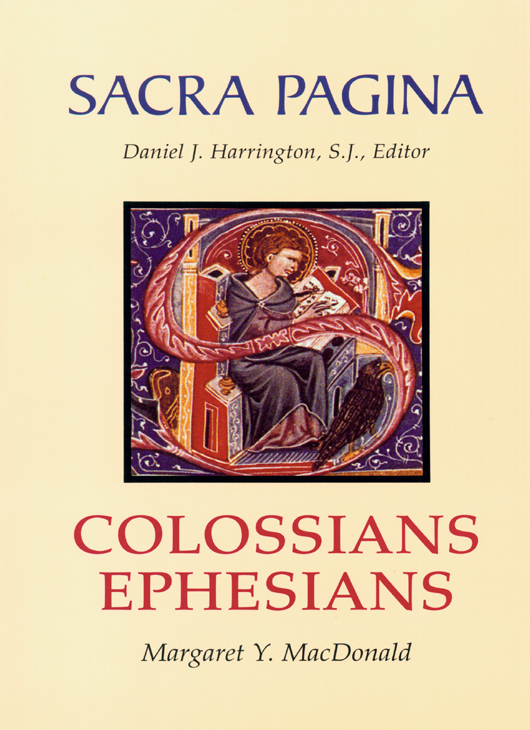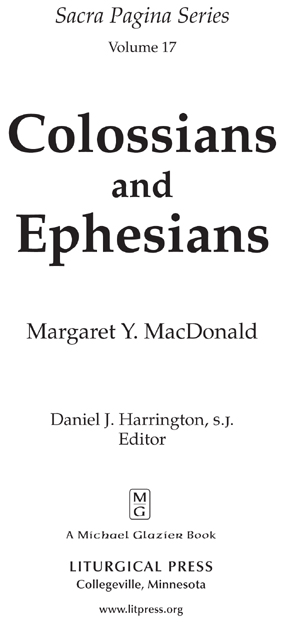
A Michael Glazier Book published by Liturgical Press
Cover design by Ann Blattner. Illustration reproduced with the permission of the Universittsbibliothek Graz, Austria, Cod. 143, fol. 501b (13th c. Breviarium Benedictinum), from a microfilm in the Hill Monastic Manuscript Library, Collegeville, Minnesota.
2000, 2008 with updated bibliography by Order of Saint Benedict, Collegeville, Minnesota. All rights reserved. No part of this book may be reproduced in any form, by print, microfilm, microfiche, mechanical recording, photocopying, translation, or by any other means, known or yet unknown, for any purpose except brief quotations in reviews, without the previous written permission of Liturgical Press, Saint Johns Abbey, P.O. Box 7500, Collegeville, Minnesota 56321-7500. Printed in the United States of America.
ISBN: 978-0-8146-5978-6
ISBN: 978-0-8146-8285-2 (e-book)
The Library of Congress has cataloged the printed edition as follows:
Library of Congress Cataloging-in-Publication Data
MacDonald, Margaret Y.
Colossians and Ephesians / Margaret Y. MacDonald ; Daniel J. Harrington,
editor.
p.cm. (Sacra pagina series ; vol. 17)
A Michael Glazier book.
Includes bibliographical references and indexes.
ISBN 0-8146-5819-9 (alk. paper)
1. Bible. N.T. ColossiansCommentaries. 2. Bible. N.T. EphesiansCommentaries. I. Harrington, Daniel J. II. Title. III. Sacra pagina series ; 17.
BS2715.3.M327 2000
227.5077dc21
00-027615
EDITORS PREFACE
Sacra Pagina is a multi-volume commentary on the books of the New Testament. The expression Sacra Pagina (Sacred Page) originally referred to the text of Scripture. In the Middle Ages it also described the study of Scripture to which the interpreter brought the tools of grammar, rhetoric, dialectic, and philosophy. Thus Sacra Pagina encompasses both the text to be studied and the activity of interpretation.
This series presents fresh translations and modern expositions of all the books of the New Testament. Written by an international team of Catholic biblical scholars, it is intended for biblical professionals, graduate students, theologians, clergy, and religious educators. The volumes present basic introductory information and close exposition. They self-consciously adopt specific methodological perspectives, but maintain a focus on the issues raised by the New Testament compositions themselves. The goal of Sacra Pagina is to provide sound critical analysis without any loss of sensitivity to religious meaning. This series is therefore catholic in two senses of the word: inclusive in its methods and perspectives, and shaped by the context of the Catholic tradition.
The Second Vatican Council described the study of the sacred page as the very soul of sacred theology (Dei Verbum 24). The volumes in this series illustrate how Catholic scholars contribute to the councils call to provide access to Sacred Scripture for all the Christian faithful. Rather than pretending to say the final word on any text, these volumes seek to open up the riches of the New Testament and to invite as many people as possible to study seriously the sacred page.
D ANIEL J. H ARRINGTON, S.J.
PREFACE
No two works in the Pauline corpus resemble each other as closely as Colossians and Ephesians. Thus it makes sense to study them together and seek to understand the relationship between them. Colossians and Ephesians present commentators with many challenges, however, besides that of unraveling the nature of the relationship between them. The literature on these works is full of discussions of authorship. The debate (which is especially intense with respect to Colossians) concerns whether these documents were composed by Paul himself or by a close associate or disciple of the apostle. Moreover, with respect to Colossians there has been great speculation concerning the identity of false teachers (2:8-23). With regard to Ephesians the lack of reference to specific community issues has proved to be especially frustrating. The situation is compounded by the fact that we cannot even be sure that Ephesians was originally intended for Ephesus. The words in Ephesus (1:1) are missing from some ancient manuscripts.
Like commentators before me, I have grappled with these classic problems of interpretation. I have examined the evidence and explained why I believe that Colossians was written by a close associate or disciple of Paul while the apostle was in prison or shortly after his death. Similarly, I have outlined why I believe Ephesians is dependent on Colossians and is also best understood as deutero-Pauline. I hope that I have contributed in some significant ways to the debates concerning the false teaching in Colossae and the purpose of Ephesians. However, in many respects I have sought to illustrate how preoccupation with only a few central issues in the interpretation of these documents has led to the neglect of other important features of the works. Moreover, by paying attention to subtle differences between Colossians and Ephesians I have aimed to shed light on the distinct perspectives of these works.
In keeping with the usual format of Sacra Pagina, this commentary includes my own translation of the Greek text. For the sake of clarity of exposition I have tended to offer fairly literal translations, inserting additional English words only when absolutely necessary. The notes include the usual linguistic and grammatical analysis and offer historical explanations. As for the interpretations of the various passages, I was invited to employ a relatively new method of biblical interpretation: social-scientific analysis. In brief, I have drawn upon sociological and anthropological insights when appropriate in order to shed light on the text. My methodological perspective means that there are aspects of Colossians and Ephesians that do not receive the same detailed attention in this book that might be found in other commentaries. Instead I have concentrated especially on the relationship between these documents and the social life of NT communities. This has manifested itself in three main ways. First, I have sought to understand how passages reflect ancient cultural values. In other words, I have attempted to clarify the texts by illustrating their roots in a first-century Mediterranean world. Secondly, I have explored the relationship between the works and particular aspects of community life such as worship. Finally, I have paid close attention to the connection between the shape of the works and the development of community life in larger termsthe issues faced by groups as they formed institutions and interacted with the society around them.
My social-scientific perspective has frequently alerted me to the religious significance of Colossians and Ephesians. For example, by exploring the impact of ritual forms on the shape of Colossians and Ephesians I have been able to underscore the importance of liturgical influences. The experience of baptism is at the heart of both of these epistles and both draw heavily upon hymnic material to teach believers about Christ. Ephesians has long been recognized as displaying a great interest in ecclesiology. But to study Ephesians from a social-scientific perspective helps one to see that this great interest in the identity of the church is fundamentally tied to the struggles of a community to survive and maintain a distinct identity in first-century society.




